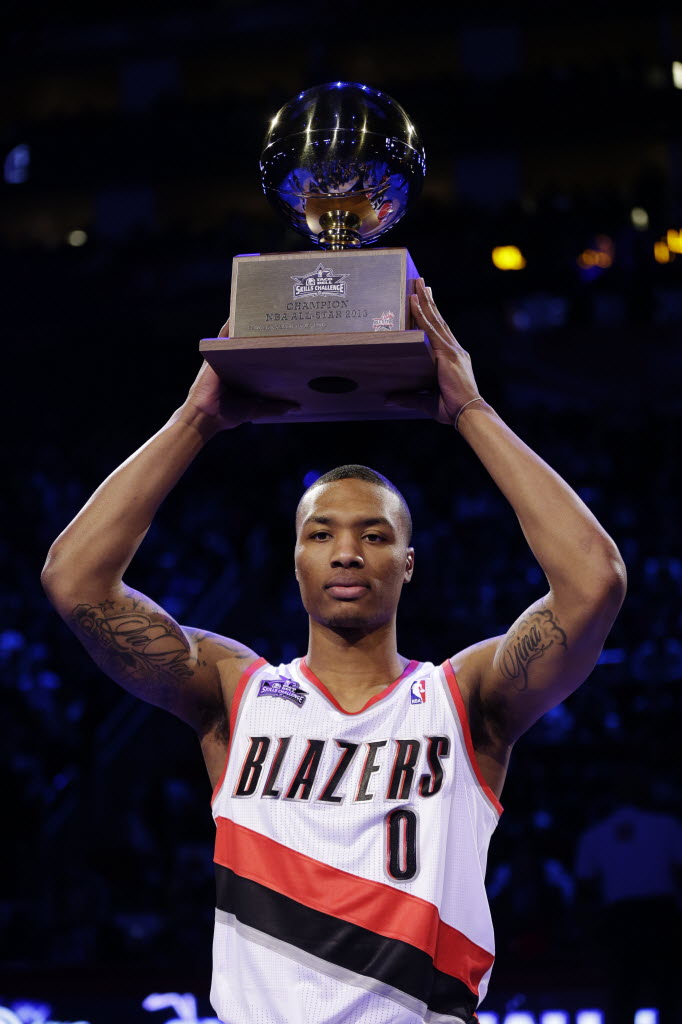Meyers Leonard
Stats: 5.5 ppg, 3.7 rpg, career-high 10 rebounds
Midterm grade: C
Final grade: B-
Through much of the year, Leonard waded through his rookie season with floaties on. The youngest Blazer unexpectedly thrown into the deepest part of the pool — or paint, for that matter. Then on Feb. 27, also his 21st birthday, Leonard had a breakthrough. No longer just the raw and athletic center-of-the-future, Leonard made an impact against the Denver Nuggets by scoring 13 points and grabbing five rebounds. Leonard closed February by piecing together a nice three-game stretch, then an even better trio of games followed near the end of March.
Leonard has grown offensively, finally trusting his perimeter shot, but still must work on his defense. As a 7-foot-1 center, Leonard can still be a pushover in the paint. He’s tall, but doesn’t block shots. Strong, but gets bullied out of box outs. Even so, Leonard begins the mission in becoming that interior presence the Blazers urgently need and hopes to grow even more by attending the heralded Tim Grgurich camp.
Damian Lillard
Stats: 19.0 ppg, 6.5 apg, 185 3-pointers made (Blazer rookie record)
Midterm grade: A
Final grade: A+
Why waste words? Just buy a new suit, Damian. You’ll need it for your NBA Rookie of the Year award presentation next month.
Wesley Matthews
Stats: 14.8 ppg, 2.8 rpg, made career-best 169 3-pointers
Midterm grade: B+
Final grade: B
Gritty. Tough. Stubborn. Frank. All words that can describe the Blazers’ beating heart, Wesley Matthews. Now, how about “rested?”



